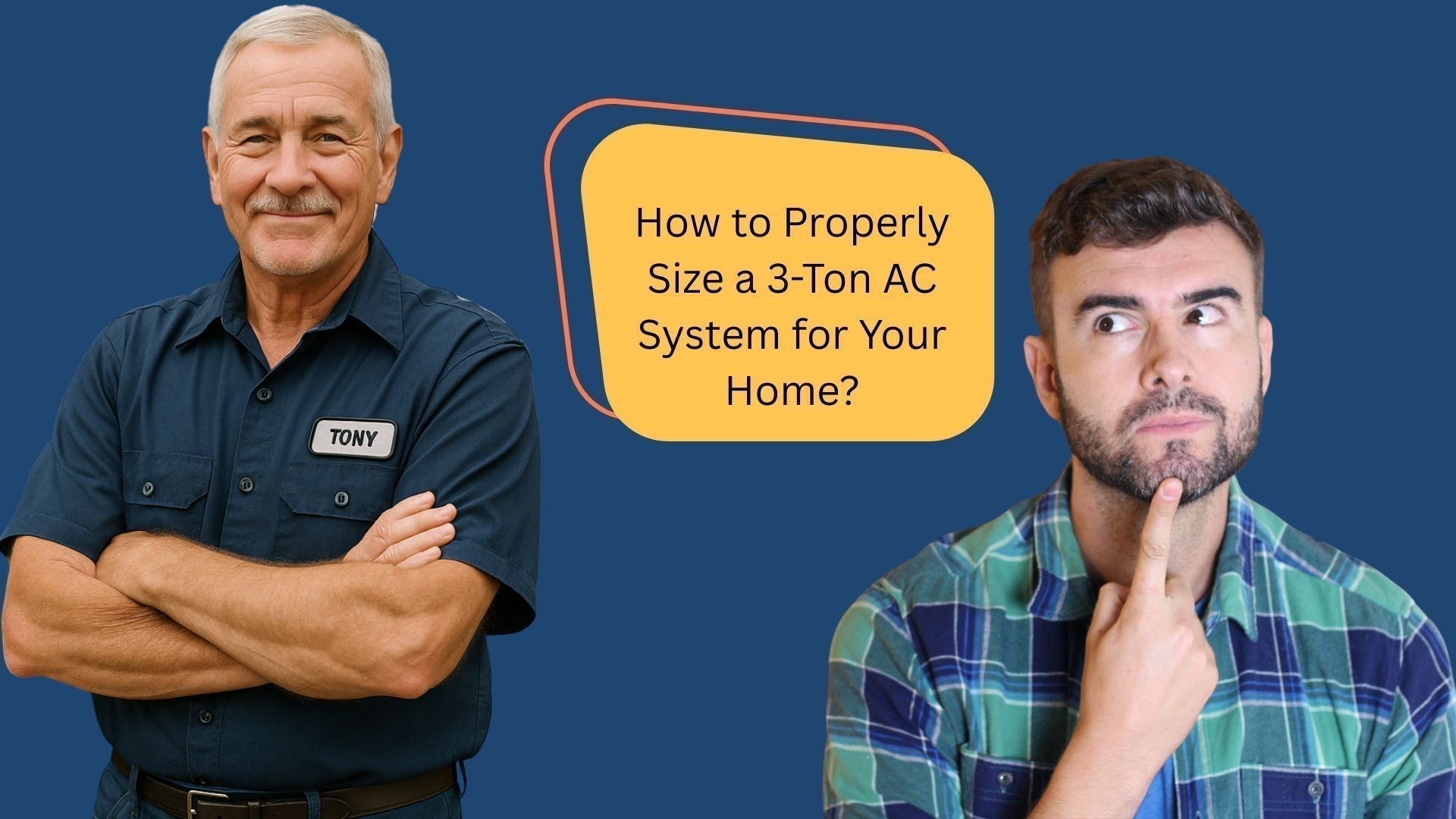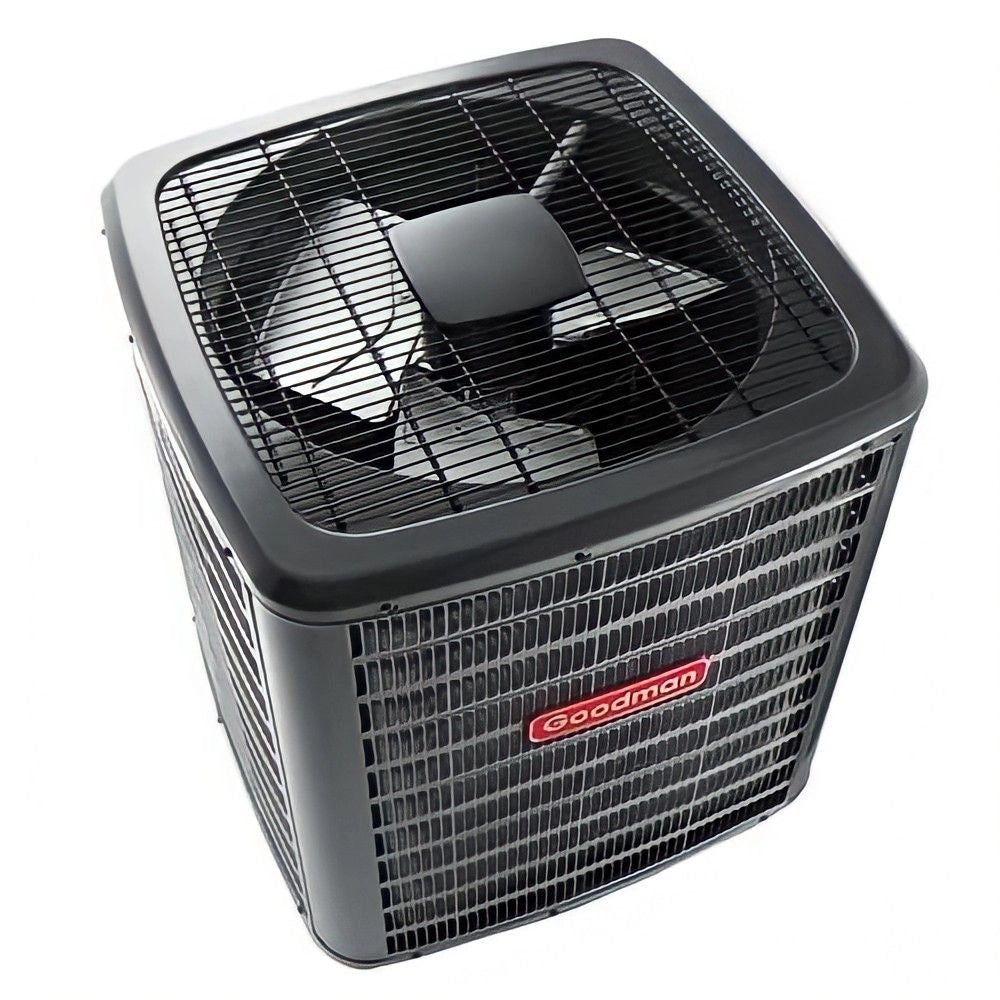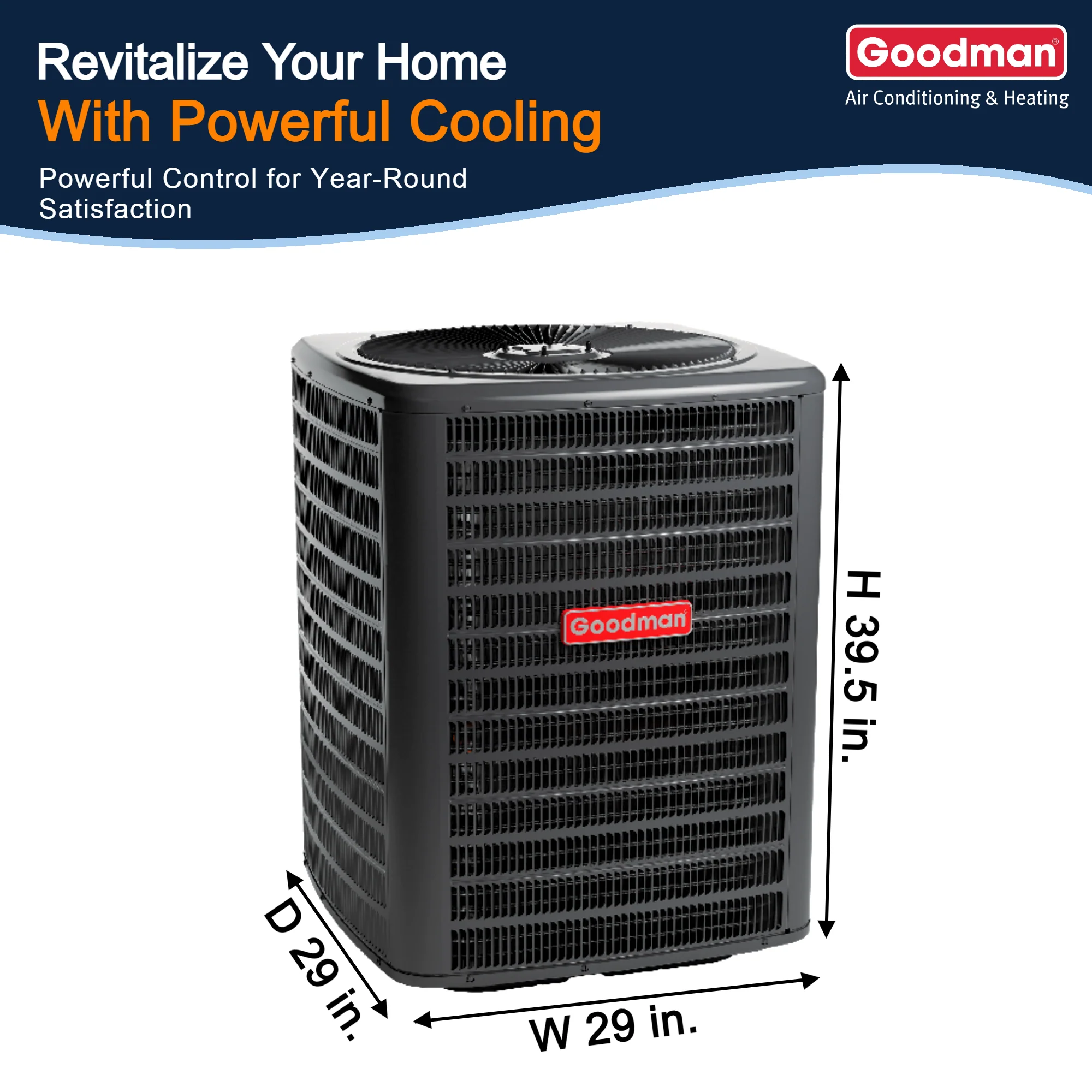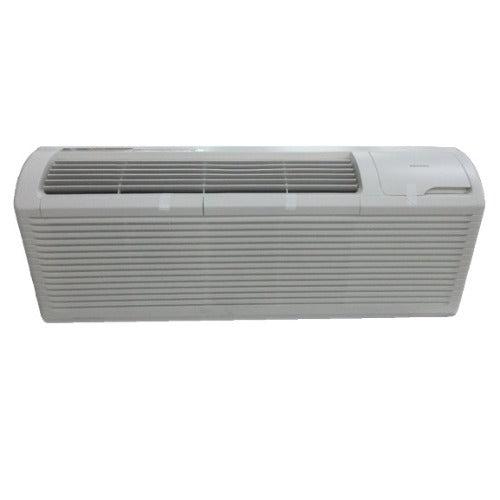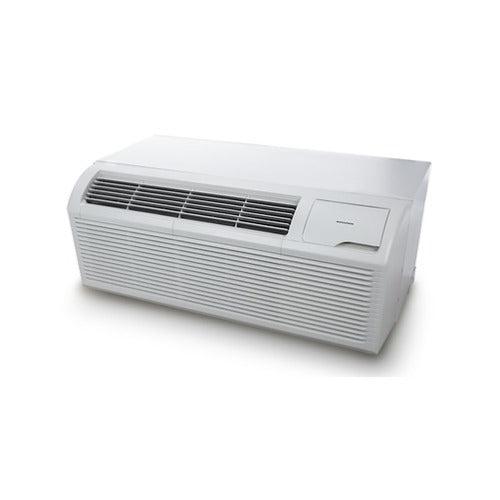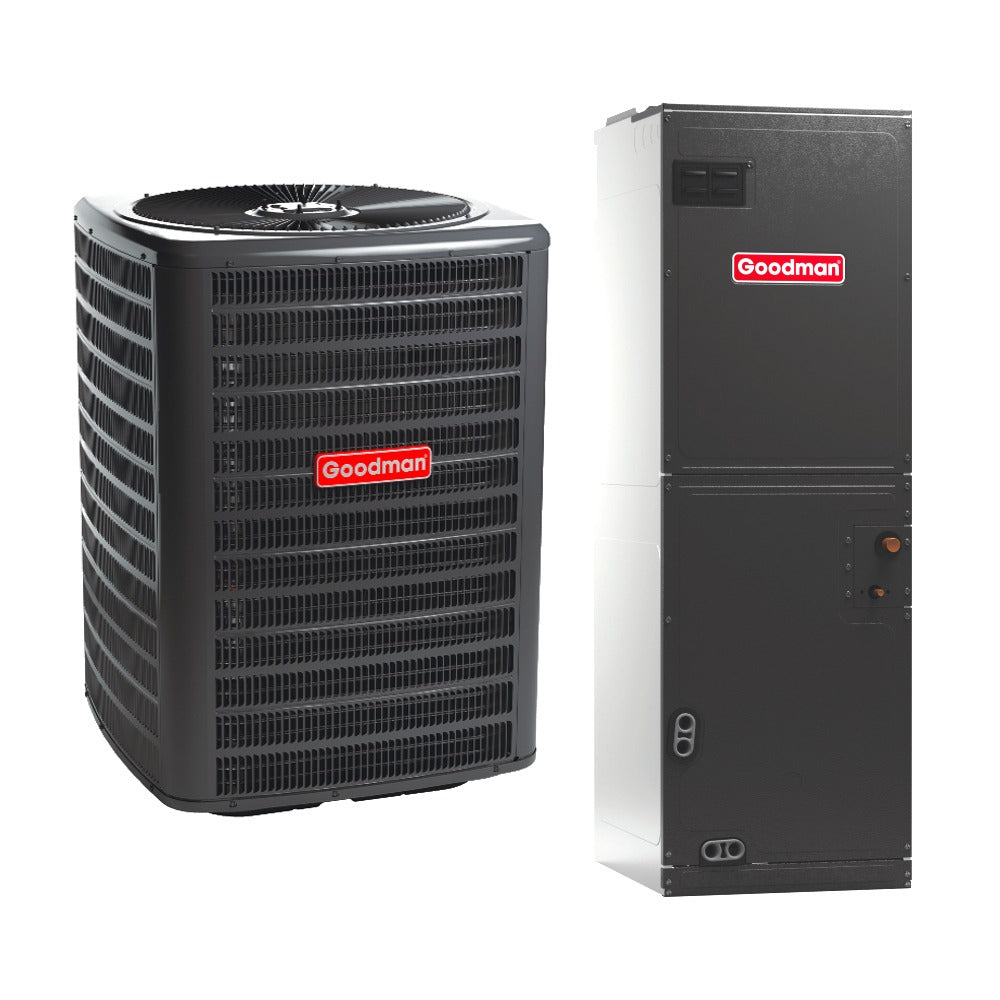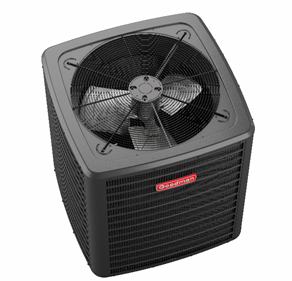(By Tony the Trusted Tech)
If I had a dollar for every time a customer said, “Just give me the biggest one you got,” I’d have retired a long time ago. Trust me—bigger isn’t always better when it comes to air conditioning.
A 3-ton AC system—like that Goodman 14.5 SEER2 R-32 model we’ve been talking about—is a popular size for a reason. It covers a lot of average-sized homes. But here’s the thing: no AC system should be installed without first checking the numbers. If your system’s too big or too small, you’ll end up with hot spots, short cycling, humidity issues, and a sky-high electric bill.
Let me walk you through how tonnage actually works, when a 3-ton system is right, and what else you need to consider before making the call.
What Does "3-Ton" Mean in HVAC?
No, we’re not talking about the weight of the unit. In HVAC terms, 1 ton = 12,000 BTUs of cooling per hour. So a 3-ton system can remove up to 36,000 BTUs of heat per hour from your home.
But that number’s only useful if you match it to your actual cooling needs. Overdo it, and the unit cools too fast, shuts off too early, and doesn’t dehumidify. Undersize it, and it’ll run nonstop trying to keep up.
Want the full lowdown on how tonnage works? HVAC.com’s AC sizing guide does a decent job explaining the basics in homeowner-friendly language.
Square Footage vs. Sizing: Why It’s Not That Simple
You’ve probably seen charts like this floating around online:
| Home Size (Sq. Ft.) | Recommended AC Tonnage |
|---|---|
| 1,200–1,500 | 2.5 tons |
| 1,500–1,800 | 3 tons |
| 1,800–2,100 | 3.5 tons |
These charts are okay for a ballpark guess, but they leave out key details like:
-
Ceiling height
-
Insulation quality
-
Window count and direction
-
Local climate
-
Ductwork condition
-
Occupants and heat-generating appliances
The only way to size a system the right way is to perform a Manual J Load Calculation, the industry standard used by pros. You can hire an HVAC contractor to run one or use a reliable online tool like CoolCalc, which walks you through a full Manual J for free.
When Is a 3-Ton System the Right Fit?
Here are a few examples where a 3-ton system might be perfect:
-
A 1,600 sq. ft. home in a moderate climate like Tennessee or Kansas with decent insulation
-
A 1,500 sq. ft. newer home with energy-efficient windows and minimal duct leakage
-
A 1,400 sq. ft. older home in a hotter area like Texas—but recently upgraded with new attic insulation and sealed ducts
But let’s say that same 1,600 sq. ft. house has leaky ducts, original windows from 1982, and a sunroom facing west. Suddenly, 3 tons might not cut it.
That’s why I always say: square footage gives you the starting line, not the finish line.
Signs Your AC System Is the Wrong Size
If you're already running a system and it’s not working like it should, sizing might be the problem. Here’s what to look for:
Signs your AC is too small:
-
It runs all day without reaching your set temp
-
Rooms far from the air handler stay warm
-
Your energy bill is always high during summer
Signs your AC is too big:
-
It cools the house too quickly and shuts off constantly (short cycling)
-
Humidity stays high even though it feels cool
-
You notice uneven temperatures or cold spots
Still not sure? The pros over at Energy Vanguard wrote a great breakdown on why short cycling happens and what causes it.
What About Furnace and Coil Pairing?
Here’s something most folks don’t realize: your AC system isn’t just the condenser outside. It includes:
-
The air handler or furnace
-
The evaporator coil
-
The ductwork
-
The thermostat
If you’re buying a complete system like the Goodman 3 Ton 14.5 SEER2 R-32 model, it’s pre-matched. That means the indoor and outdoor components are sized and tested to work together.
Mismatching coil and condenser tonnage? That’s how you end up voiding warranties or running your compressor into the ground. For more detail, check out AHRI’s Certified Directory—it lets you verify matched system performance data before you buy.
Other Factors That Affect Sizing
Don’t forget about:
-
Duct condition: Leaks or undersized returns can kill performance
-
Window orientation: South- and west-facing glass = more heat load
-
Ceiling height: Vaulted ceilings increase cubic feet, not just square footage
-
Home usage: Office with five monitors? That’s extra heat
This is why a good tech will ask about your lifestyle, house materials, sun exposure, and attic insulation. We’re not being nosy—we’re trying to get your system right the first time.
Should You Go Bigger Just in Case?
Short answer: No.
Oversizing leads to:
-
Short cycling (which kills compressors)
-
Poor humidity control
-
Noisy operation
-
Higher electric bills
Think of it like wearing shoes two sizes too big “just in case your feet grow.” It doesn’t work for HVAC either.
Tony’s Field Advice: Real Install Examples
Case 1:
1,600 sq. ft. in South Carolina, new build, R-32 refrigerant, tight ducts.
→ 3-ton system performed like a champ. Low bills, low noise.
Case 2:
Same size home in Florida, older insulation, no radiant barrier.
→ 3-ton struggled to keep up in July. Upgraded attic and added returns, and it worked fine.
Case 3:
1,300 sq. ft. in Texas. Owner installed a 4-ton “just to be safe.”
→ Short cycled constantly. Dehumidifier had to run 12 hours a day. Ended up downsizing to a 3-ton and saved $90/month on bills.
Final Word: Do the Math—Then Choose Your System
Which Refrigerant Wins in 2025 and Beyond?. If you’re eyeing a 3-ton system like the Goodman 14.5 SEER2 R-32 setup, make sure it matches your actual cooling load. Don’t guess. Don’t go by what your neighbor has. And don’t just pick something off a square footage chart.
Get a Manual J calc done, use the tools, and ask smart questions. If you do that, a 3-ton unit can give you rock-solid performance and comfort for 15+ years.

